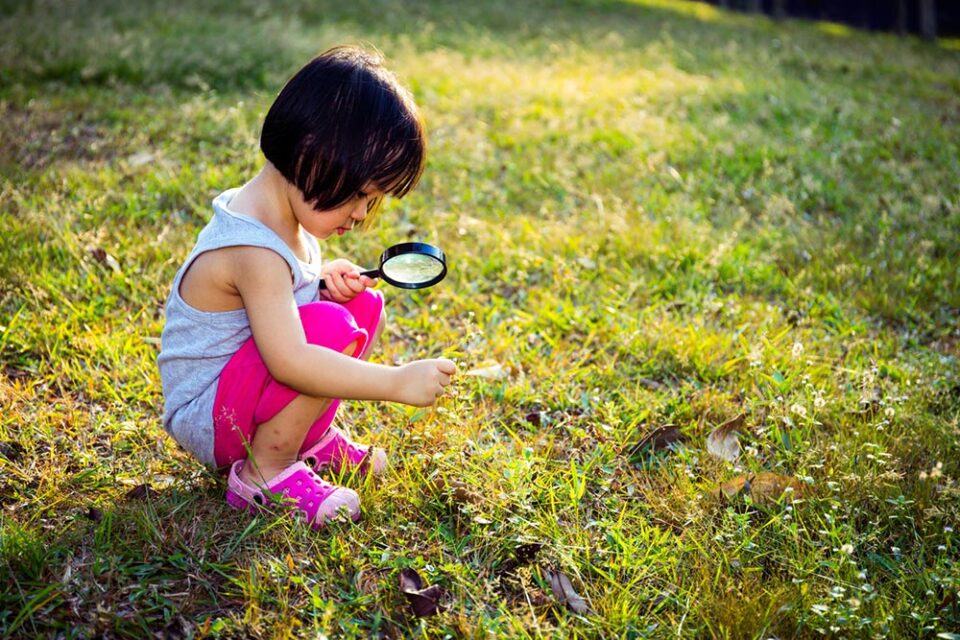As parents, it’s our job to cultivate our children’s natural curiosity and foster their sense of wonder. But how do we do this? In this blog, we’ll explore some of the simple and fun ways parents can help ignite the curiosity and excitement in their children.
1. Creating an Environment that Invites Curiosity and Wonder
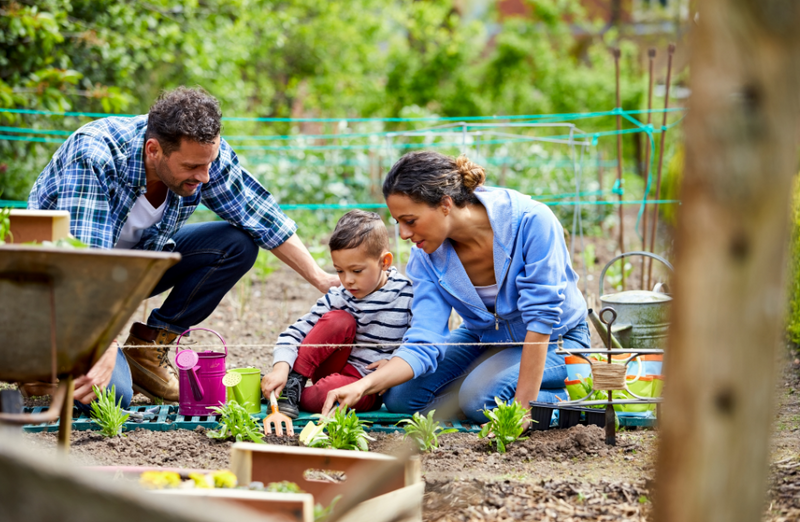
Creating an environment that encourages exploration, tinkering, and discovery is one of the most important steps parents can take to inspire curiosity and wonder in their children. Parenting experts suggest establishing natural opportunities for children to explore their world, examine different objects, and ask questions.
Put away large toys and make the natural world the classroom – Open-ended toys, like blocks, dolls, and curiosity box for kids, have been proven to be some of the best tools for designing minds. But parents can also create powerful learning experiences when they take their children outside on nature walks or play at the beach.
Read aloud every day – Incorporating stories helps open up conversations about a variety of topics and invites questions from kids about what they see around them in everyday life. Ask thought-provoking questions about what your child might do differently based on the story or how it relates to other characters in literature. Give your kids the opportunity to read in a sensory rich environment by using a hanging tree tent. Check out some of the great options here.
2. Developing Open-Ended Questions
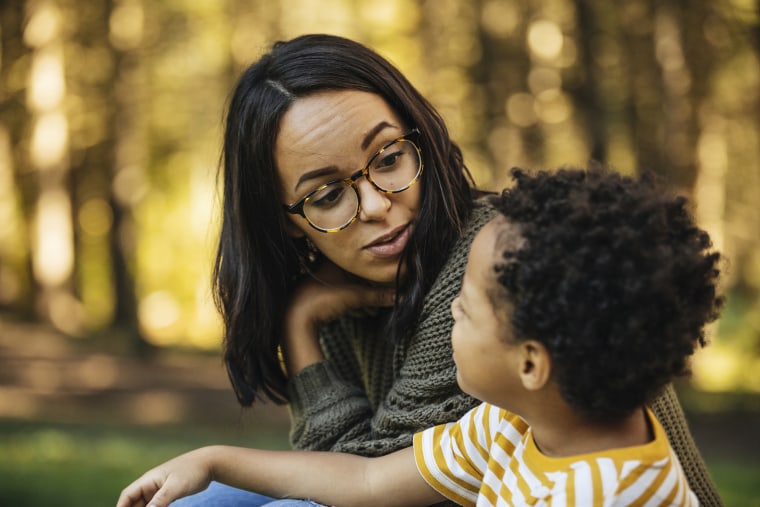
Open-ended questions are those that require a more thoughtful answer. They give children the opportunity to share their ideas, opinions, or interpretations regarding the topic under discussion. Questions such as, “What do you think about…?” or “How would you solve this problem?” leave room for discussion without providing any obvious answer.
Developing open-ended questions encourages children to think creatively, explore new ideas, and formulate their own opinions. It also allows parents to gain insight into how their children view the world and react toward different topics or events.
Through cleverly constructed queries, parents can stimulate conversation and expose their children to a variety of perspectives and ideas. In this way, they create an environment wherein curiosity and a sense of discovery thrive!
3. Engaging in Creative and Imaginative Play

Encouraging creative and imaginative play is one of the most powerful ways for parents to inspire curiosity and wonder in their children. Creative play can be any activity that requires creative thinking and problem-solving.
It could be as simple as coloring with crayons or building a tower out of blocks. Not only does creative play help children express their imagination, but it also helps them learn how to solve problems in a fun and engaging way. In addition, when parents engage in creative activities with their children, they provide an opportunity for them to foster strong relationships.
4. Exploring Nature and the Natural World
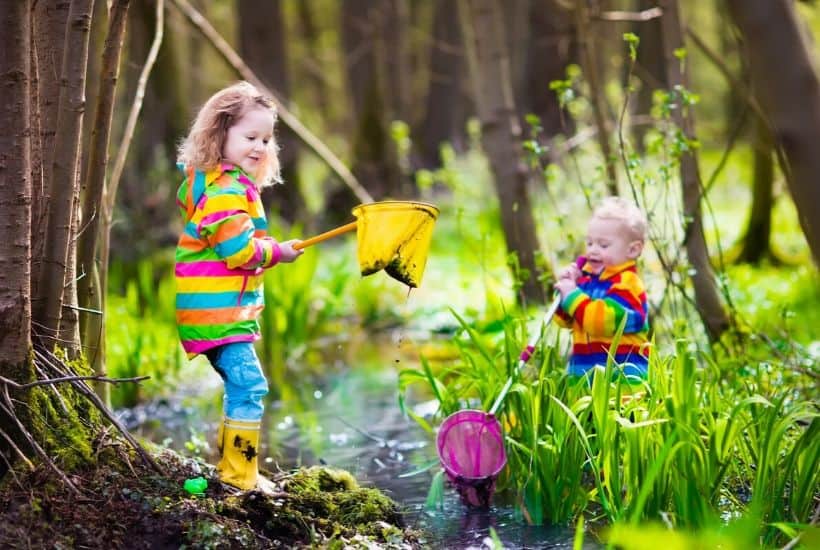
A good way to get started is to explore your own backyard or local park. This offers an opportunity for children to observe and study more closely the creatures and plants they encounter, as well as recognize the changes in nature around them (day vs night, seasons, etc.).
Another great way to introduce your child to the natural world is to take advantage of local field trips with groups such as scouting organizations or environmental organizations. Taking advantage of these educational programs provides a safe and fun environment for parents and kids alike.
For older children, consider cultivating an appreciation for nature through citizen science projects. These birding, butterfly counting, or tree-mapping activities provide a great opportunity for parents and their children to work together on meaningful environmental projects.
There’s also something beautiful about unplugging from electronics altogether by going out into nature on walks or hikes that help children appreciate their environment in new ways by expanding their awareness beyond what they can see on their phones or TV screens.
No matter how you explore nature with your child, these opportunities can open up worlds of knowledge that promote an understanding of our interconnected environment while also offering plenty of fun exploration along the way!
5. Encouraging Experimentation and Risk-Taking
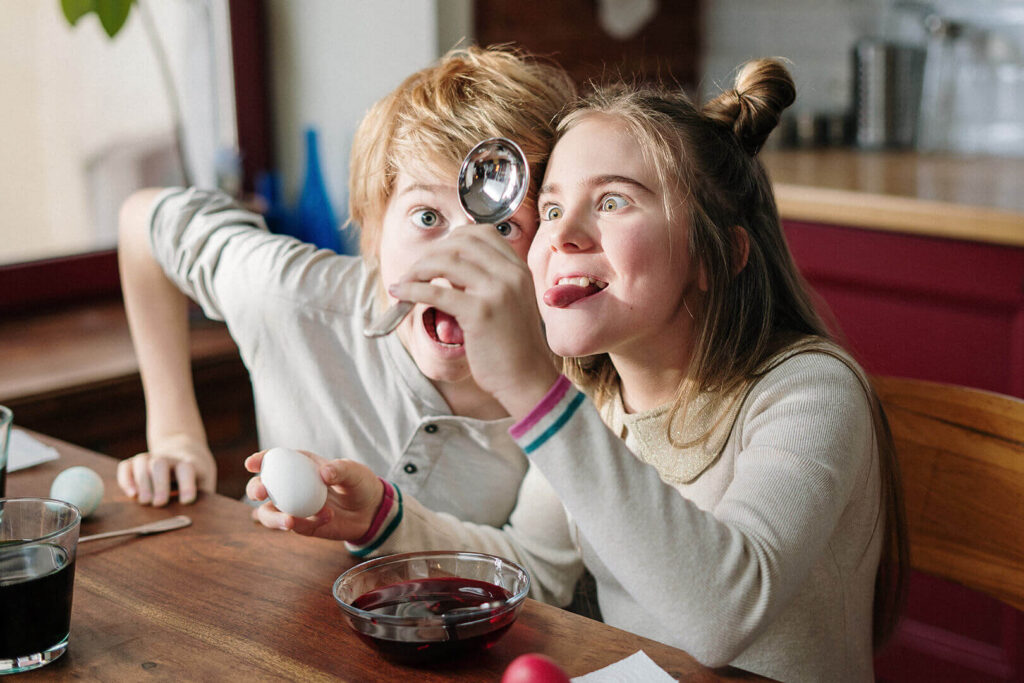
When it comes to inspiring curiosity and wonder in children, parents can foster an environment in which experimentation and risk-taking are encouraged. By providing a safe and secure platform, kids can explore their own parameters and boundaries, and work through various problem-solving strategies.
Parents can provide children with opportunities for creative risk-taking that are age-appropriate. This could include trying out different Art techniques or experimenting with new ingredients in the kitchen to create unique dishes.
Allowing kids to “make mistakes” as long as they are done so safely sets a precedent of lateral thinking rather than fear of failure. Kids should also be given plenty of chances to make decisions on their own, allowing them to experience the results of their choices while opening them up to new ideas they may previously have been unaware of.
Encouraging curiosity also involves verbally praising the thought processes that go into experimentation rather than simply rewarding desired outcomes. This teaches kids that even when things don’t turn out exactly as planned, there was still growth involved with trying something new — a valuable life lesson!
6. Nurturing a Growth Mindset
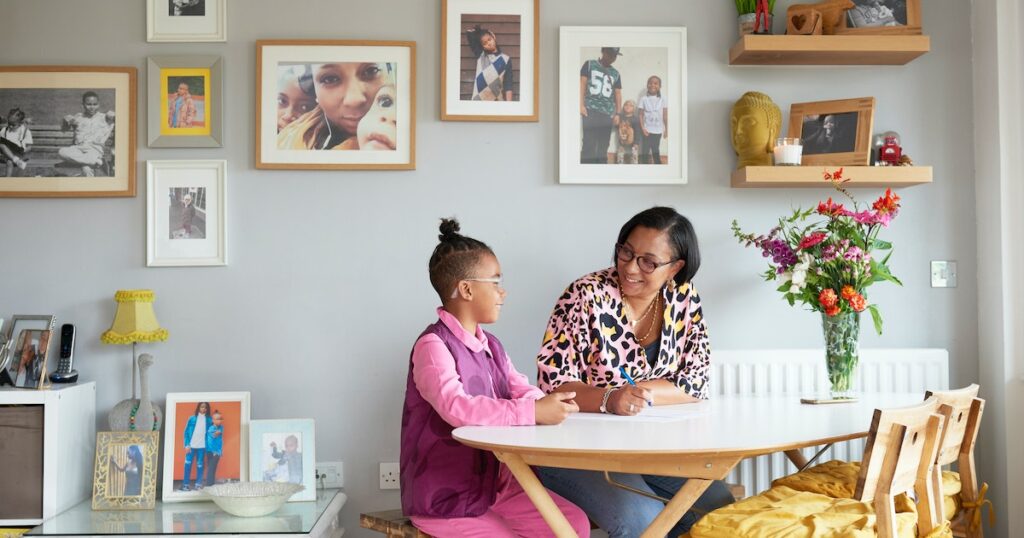
Encouraging a growth mindset in our children is one of the most important steps parents can take to foster curiosity and wonder. A growth mindset means that children, rather than viewing their intelligence and talents as fixed traits, should see them as qualities they can continuously grow and develop. With this perspective, even the most challenging tasks become an opportunity for learning, growth, and a chance for rewards.
Children with a fixed mindset often give up when the going gets tough; their natural reaction is to avoid mistakes or anything that could lead to failure. According to Carol Dweck’s work on mindsets, those with a growth mindset are more likely to find value in every challenge and persevere in the face of difficulty.
Research indicates that having these resilient mindsets help children constructively navigate life’s inevitable setbacks with enthusiasm, resilience, and creativity.
Conclusion
Parenting is a challenging yet rewarding journey, and parents have the opportunity to foster curiosity and instill a sense of wonder in their children.
By creating an environment that encourages exploration, by providing resources for learning, and by engaging with their children’s interests both at home and out in the world, parents can help nurture their child’s natural curiosity. Ultimately this will lead to a life-long love of learning which will prove invaluable throughout adulthood.

